Total Weight:
74.2 lbs (33.65 kg)
Battery Weight:
7.7 lbs (3.49 kg)
Motor Weight:
9.6 lbs (4.35 kg)
Frame Material:
6061 Aluminum Alloy
Frame Sizes:
17 in (43.18 cm)Geometry Measurements:
17" Seat Tube, 23.5" Simulated Top Tube Length, 15.6" Reach, 28.5" Stand Over Height, 32" Minimum Saddle Height, 28" Width, 48.75" Wheelbase, 78.5" Length
Frame Types:
High-Step
Frame Colors:
Gloss Metallic Gray with Gloss Black and Orange Accents
Frame Fork Details:
RST Spring Suspension, 60mm Travel, Mechanical Lockout, Preload Adjust, 32mm Stanchions, 135mm Hub Spacing, 9mm Axle with Quick Release Skewer
Frame Rear Details:
175mm Hub Spacing, 12mm Threaded Slotted Axle, 18mm Nuts
Attachment Points:
Fender Mounts, Front Rack Mounts, Rear Rack Mounts
Gearing Details:
7
Speed 1x7 Shimano Altus Derailleur, DNP Nickel Plated 11-34 Tooth FreewheelShifter Details:
Shimano SIS Index Thumb Shifter on Right
Cranks:
Prowheel Aluminum Alloy, 170mm Length, 42 Tooth Chainring with Prowheel Ounce Alloy Guide
Pedals:
Wellgo Aluminum Alloy Platform with Reflectors, CrMo Axle, Black
Headset:
Semi-Integrated, Sealed Cartridge, 1-1/8" Straight
Stem:
Aluminum Alloy, 50mm Length, 30º Angle, 15mm Rise, One 15mm Tapered Spacer, Three 10mm Spacers, Two 5mm Spacers, 31.8mm Clamp
Handlebar:
Aluminum Alloy, 4" Rise, 15-Degree Backsweep, 700mm Width
Brake Details:
Nutt Hydraulic Disc with 180mm Rotors, Dual Piston Calipers, Three-Finger Levers with Adjustable Reach, Motor Inhibitors, and Brake Light Activation
Grips:
Velo, Ergonomic, Stitched, Faux Leather
Saddle:
Velo Custom with Integrated Lifting Handle
Seat Post:
Promax, Aluminum Alloy, Single Bolt Clamp
Seat Post Length:
390 mm
Seat Post Diameter:
27.2 mm
Rims:
Star Circle, Aluminum Alloy, Double Wall, ETRTO 73x559, 80mm Width, 36 Hole
Spokes:
Stainless Steel, Straight Gauge, 12 Gauge, Black with Silver Brass Nipples
Tire Brand:
Kenda x Rad Power Bikes Juggernaut, 26" x 4" (98-559 100/90-22 24B)
Wheel Sizes:
26 in (66.04cm)Tire Details:
5 to 30 PSI, 0.4 to 2.1 BAR, 30 TPI, Reflective Sidewall Stripe, K-Shield Puncture Resistant Casing
Tube Details:
Schrader Valve
Accessories:
Compact Flick Bell on Left, Rear-Mount Adjustable Length Kickstand, Steel Derailleur Guard, Rad Power Bikes Integrated LED Front Light (Outer Light Ring, Focused Beam, Aluminum Alloy Heat Sink, 80 Lumens), Integrated Rear Light (Solid, Brake Activation, 1 LED), Neoprene Slap Guard, Plastic Fenders (110mm Width), Optional Proprietary Rear Rack (Removable, Yepp! Window, Pannier Hangers, Mounting Interface, 27kg 59.5lb Max Weight), Optional Charging Dongle (Full Sized USB Type A, 5 Volt, 1 Amp Output, Can Chain Two, Four Total on System), Optional Front Tray Rack, Optional Small Basket, Optional Large Basket, Optional Platform, Optional Small Pannier, Optional SR Suntour NCX Suspension Seat Post, Optional RAM Torque Handlebar Phone Mount X, Optional Small Basket Bag, Optional Large Basket Bag, Optional Small Insulated Delivery Bag, Optional Large Insulated Delivery Bag, Optional Yepp! Maxi Child Seat, Optional ABUS Bordo 6100/90 Folding Lock, Optional Rear Wheel Lock, Optional Water Bottle Holder for Handlebar, Optional Handlebar Bag
Other:
Locking Removable Semi-Integrated Downtube Battery Pack, 1.3lb 2 Amp Charger, Fully Potted Motor Controller, 18 Amp Draw 75 Amp Peak Output, Stainless Steel Torque Arm, 275lb Maximum Weight Rating, Adjustable LCD Brightness, Adjustable Clock, Adjustable Units
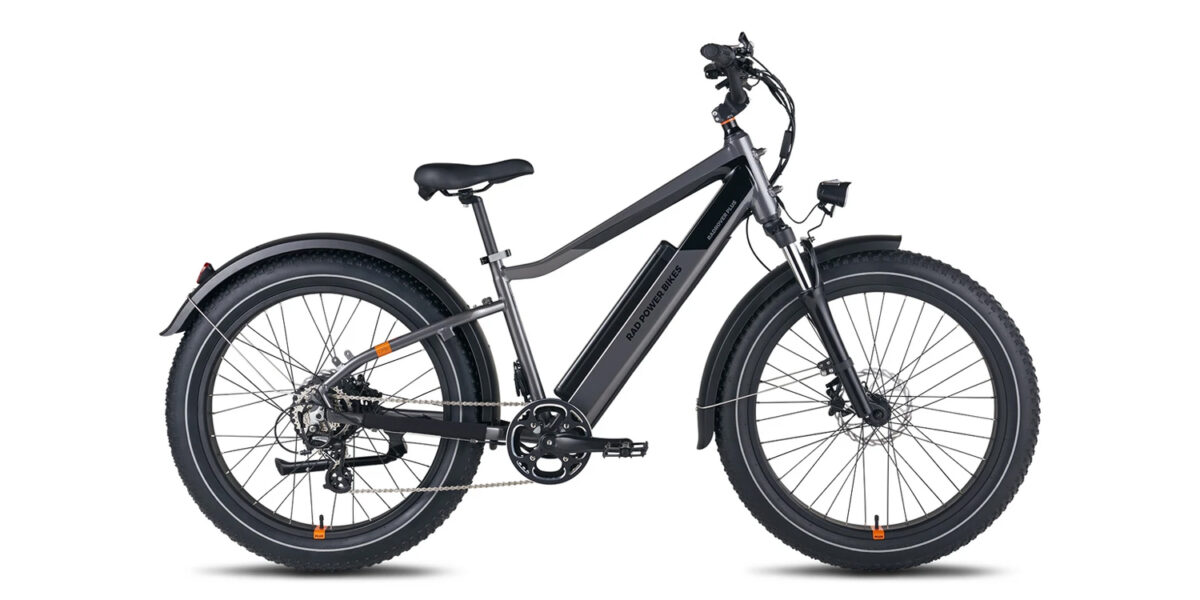
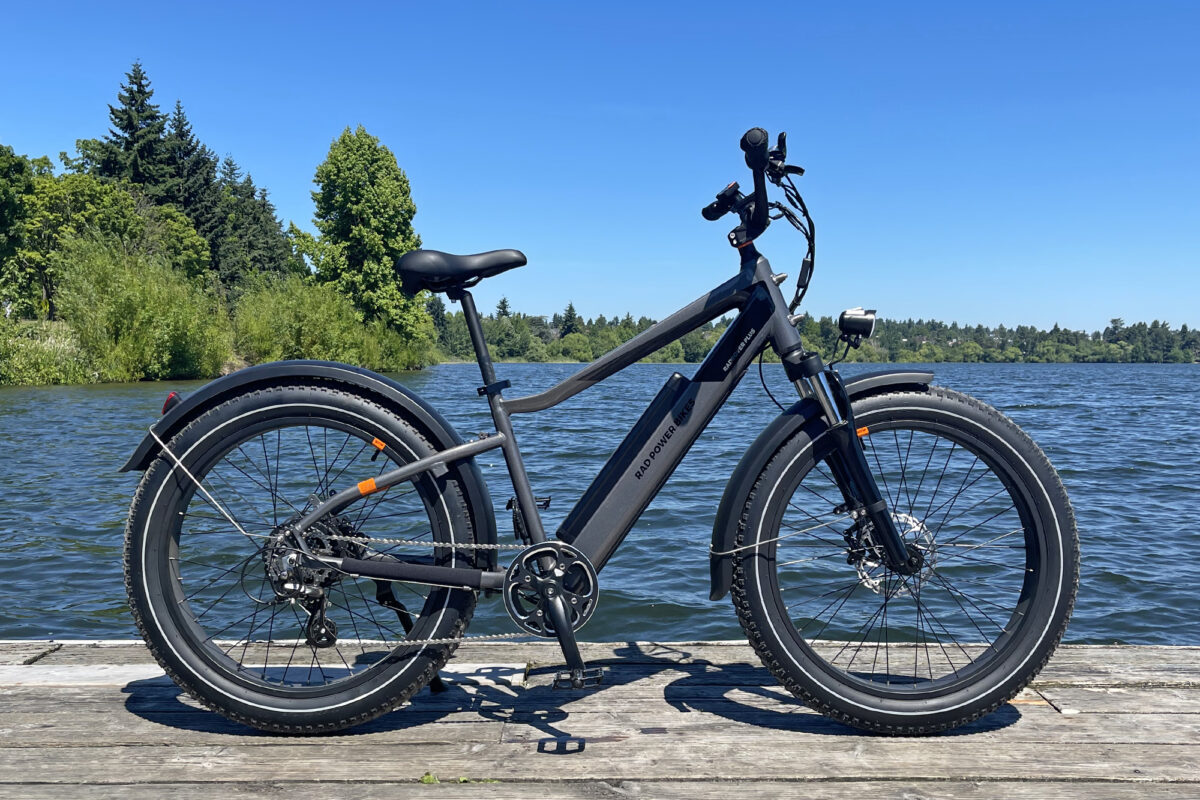







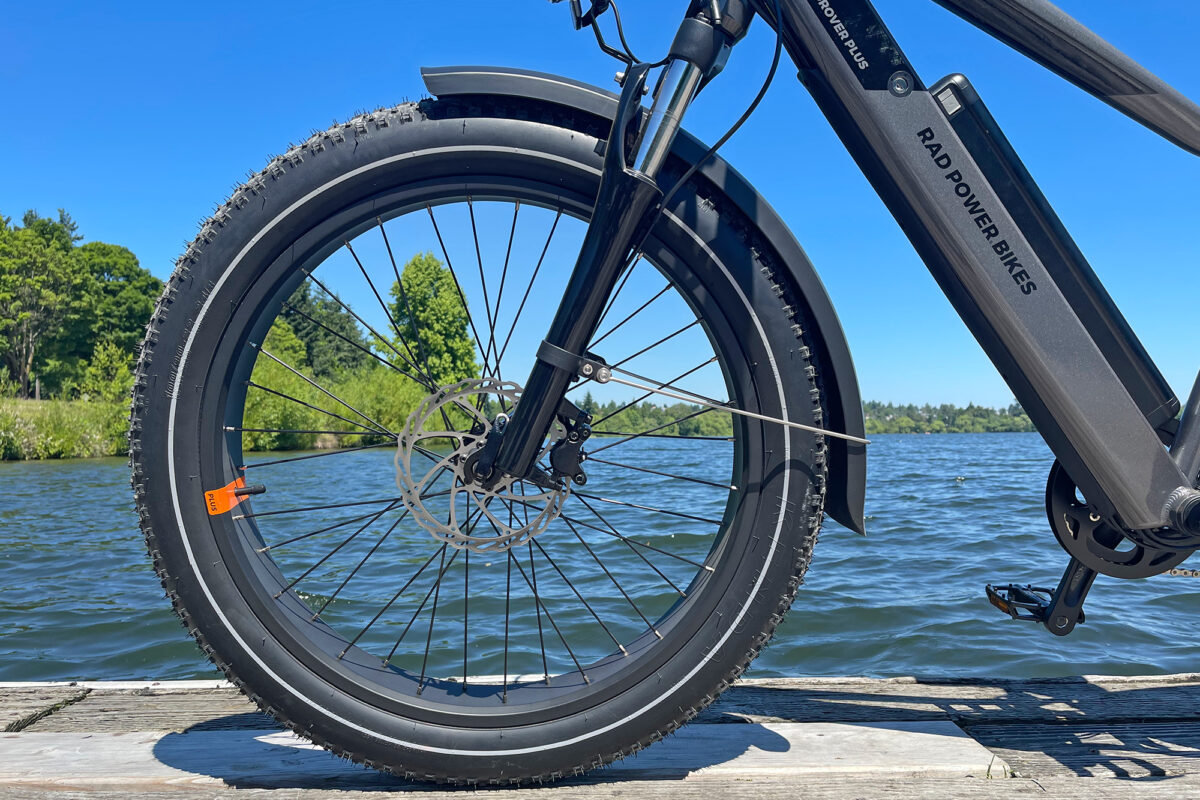



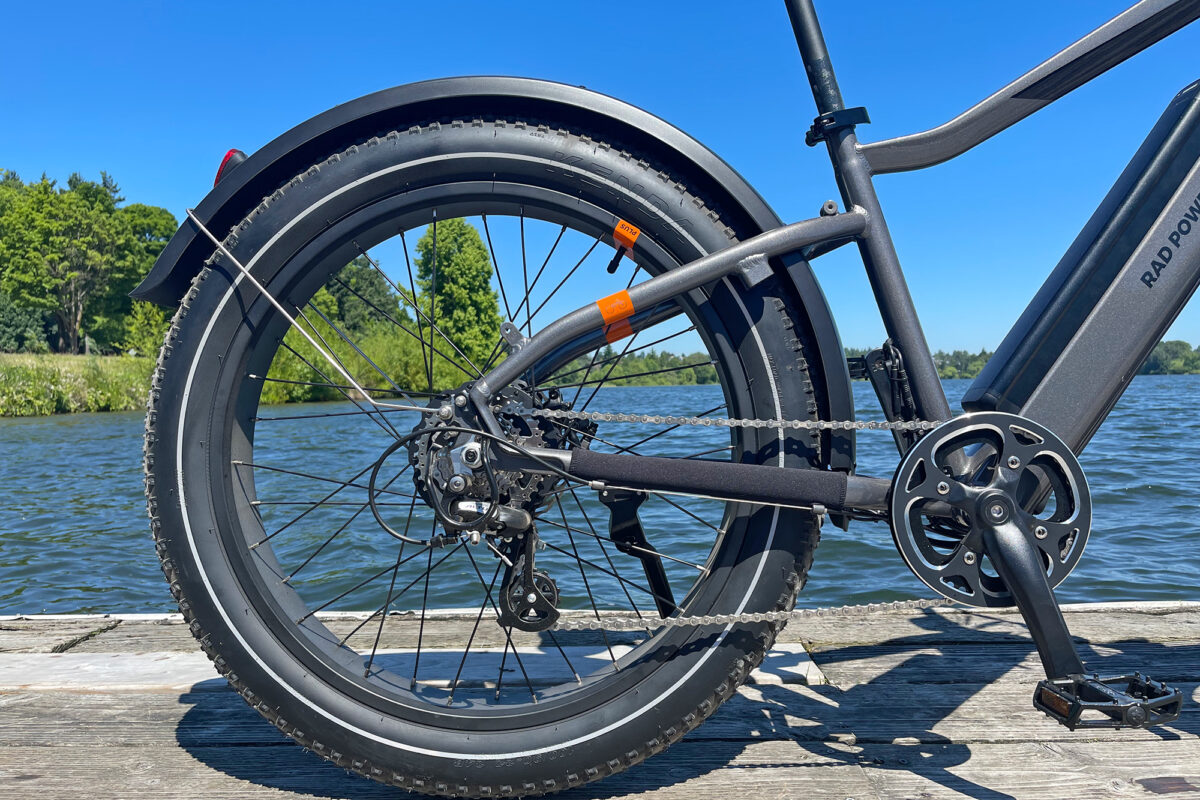
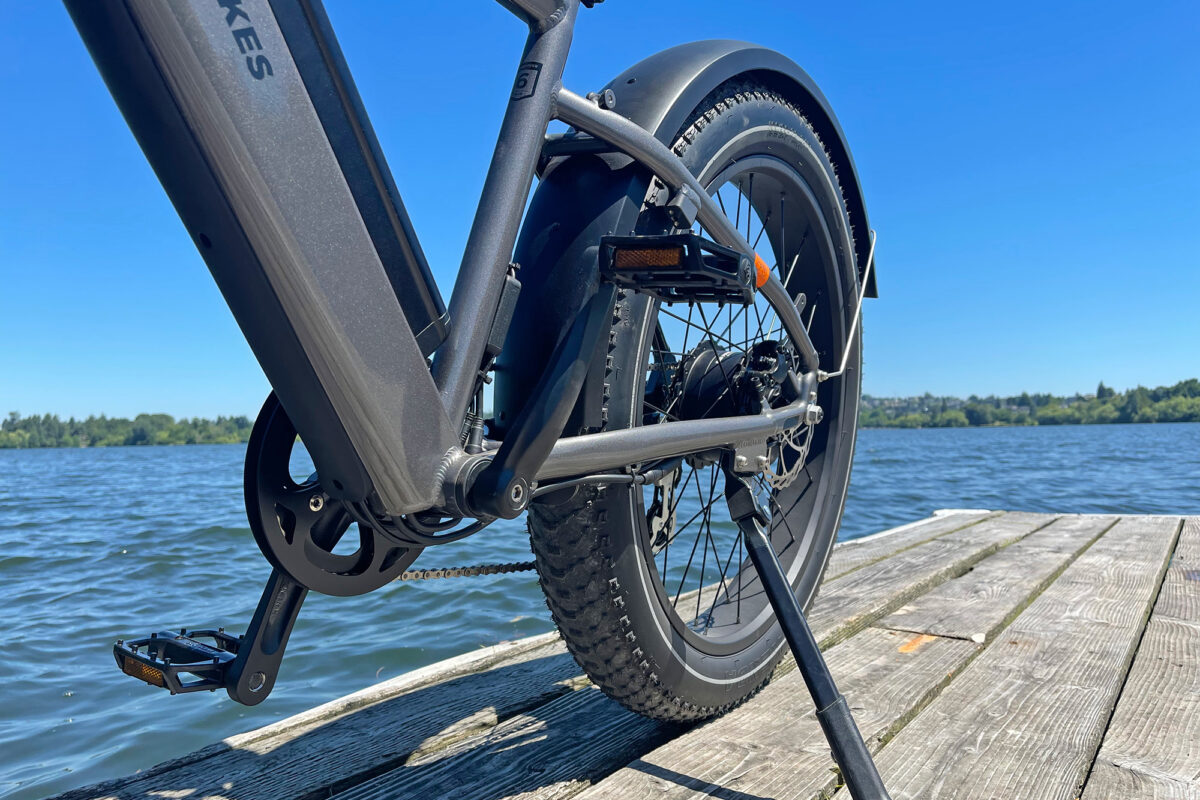
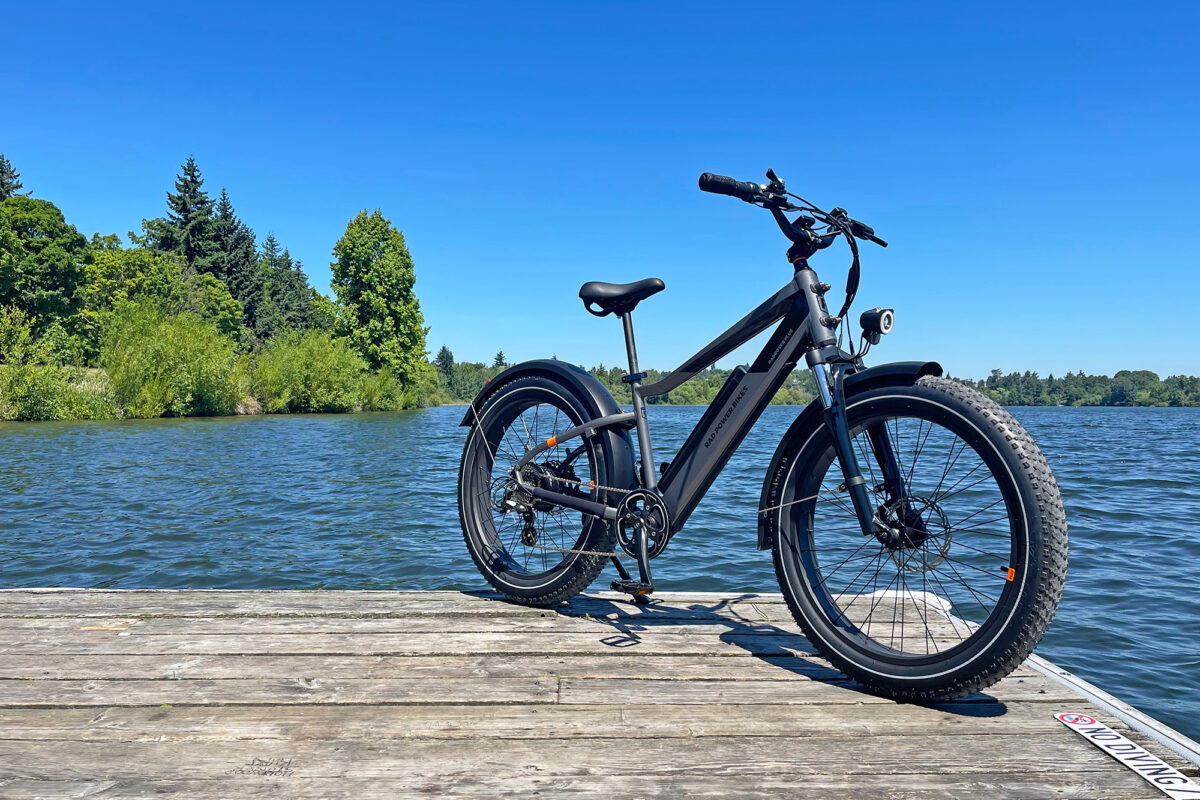



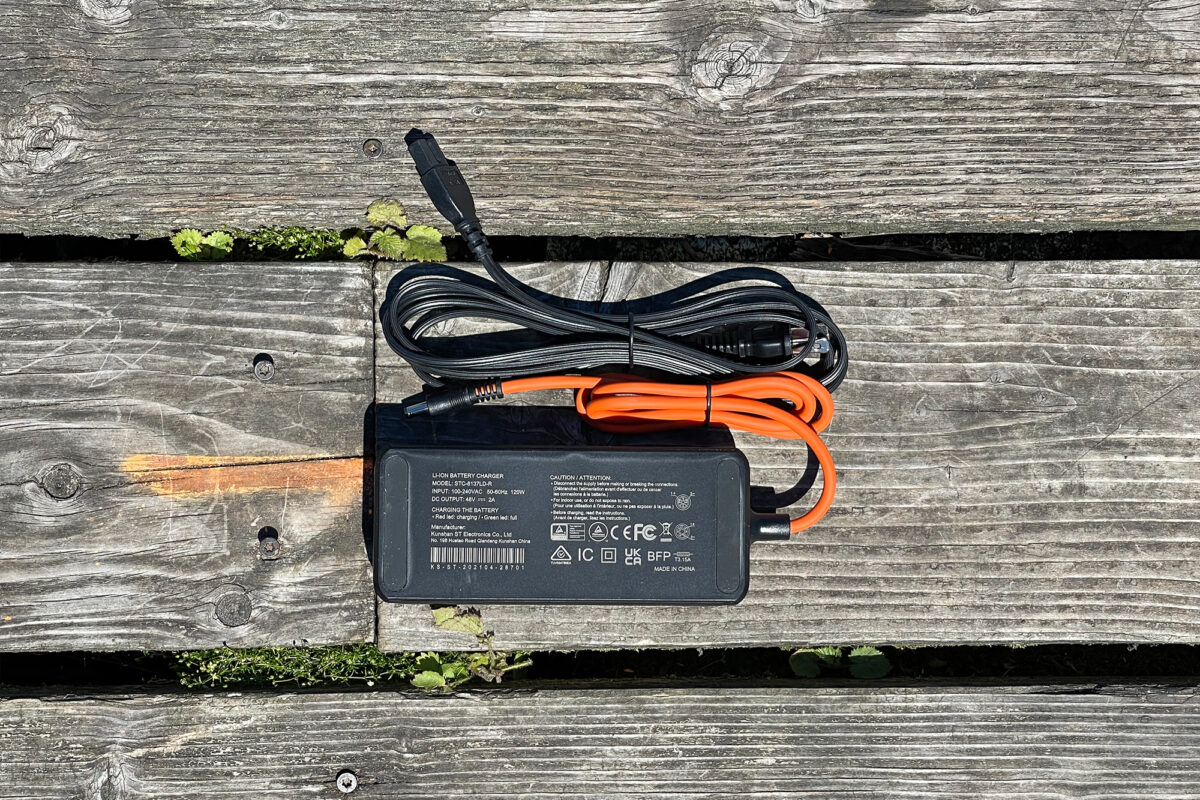
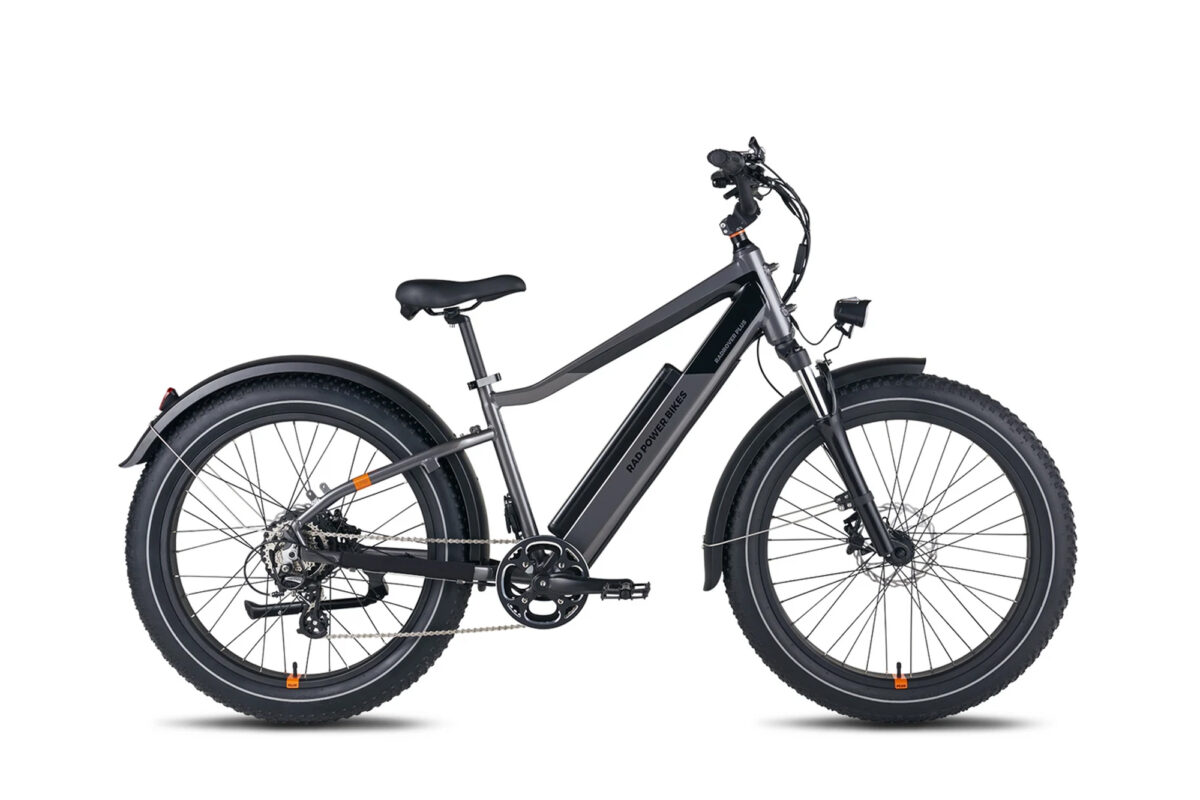
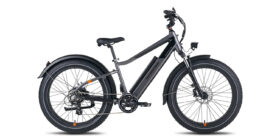
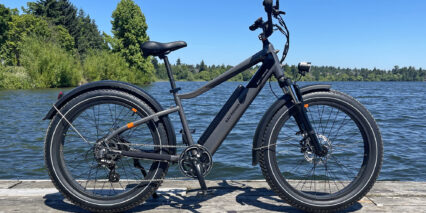
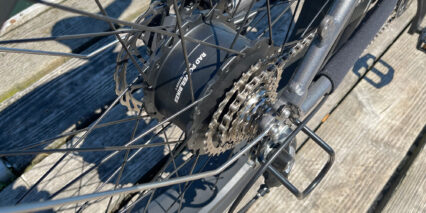
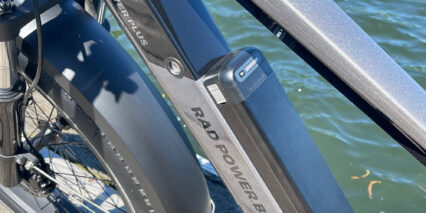

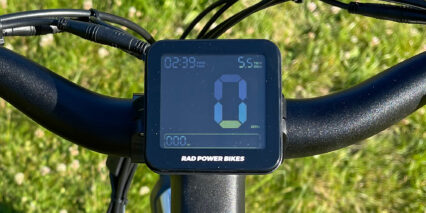
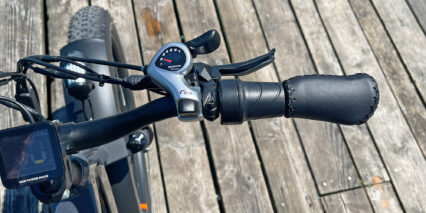
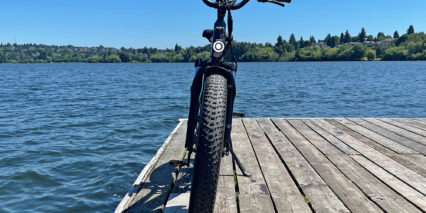

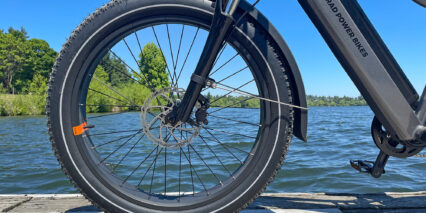
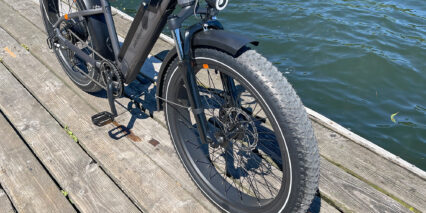
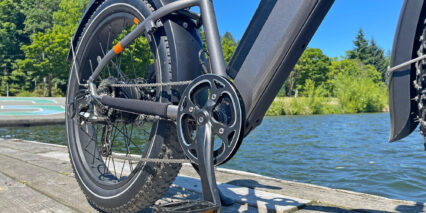
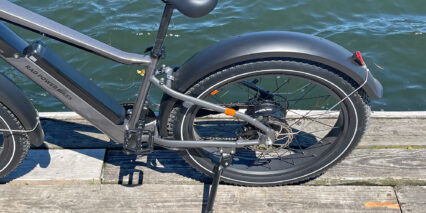
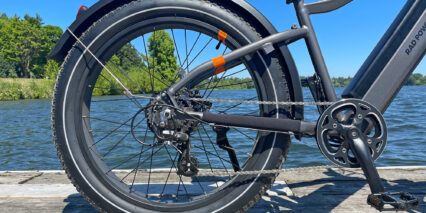
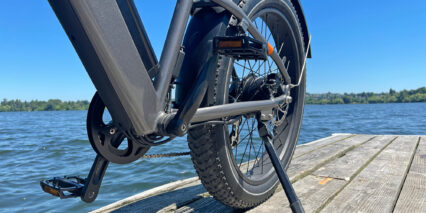
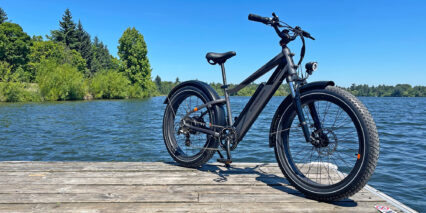
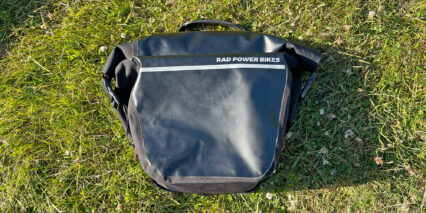
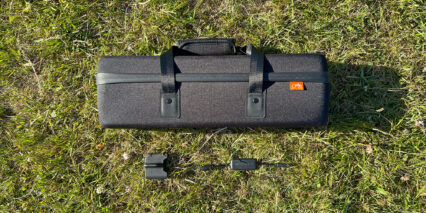
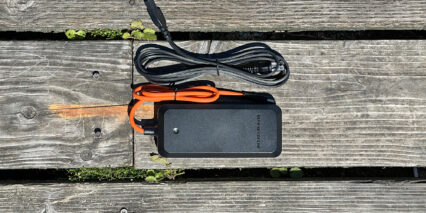

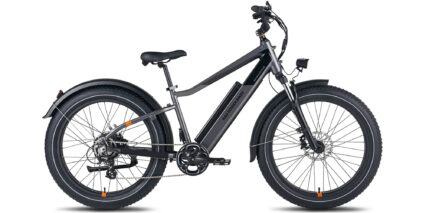

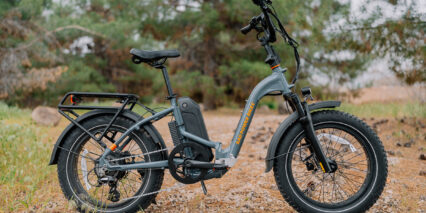
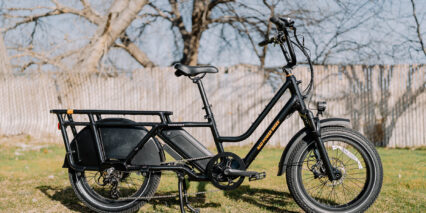
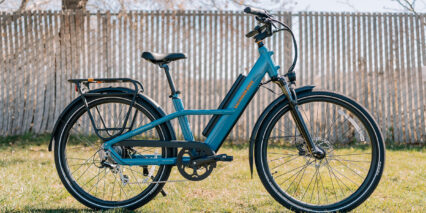
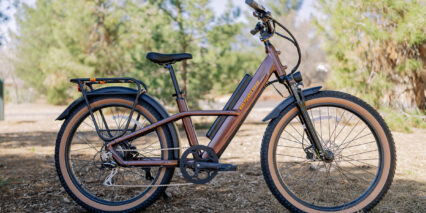
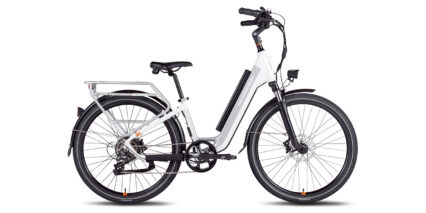
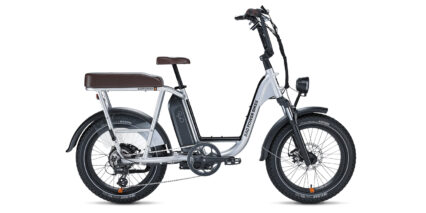
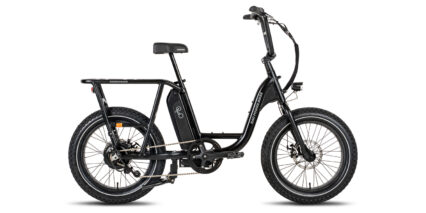
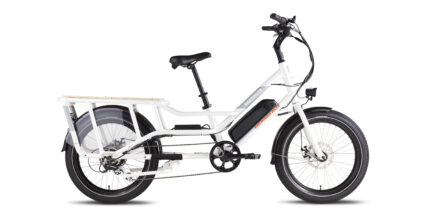
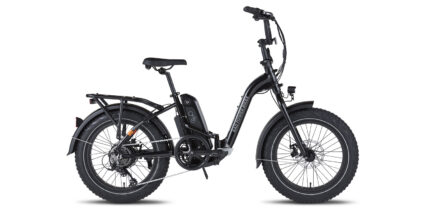
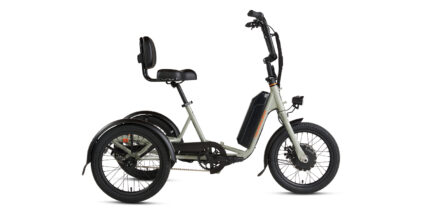

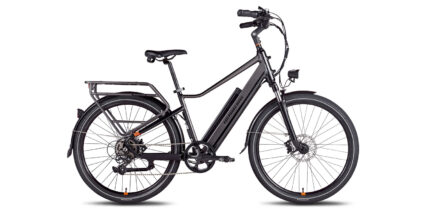
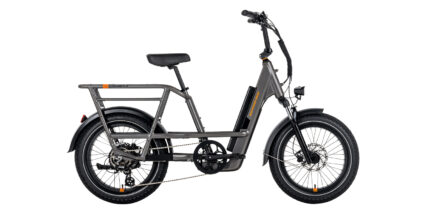
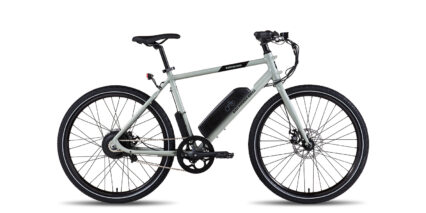
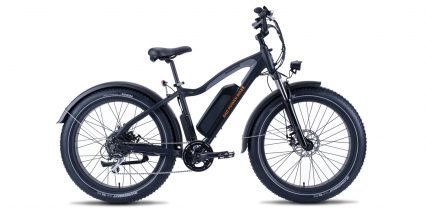
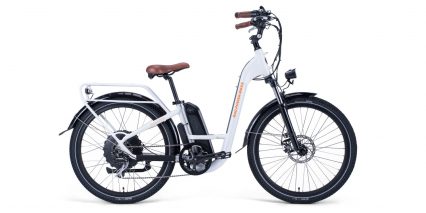
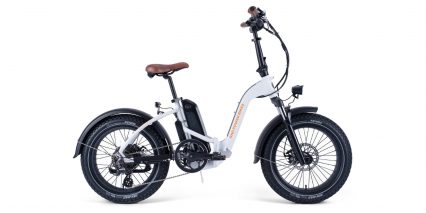
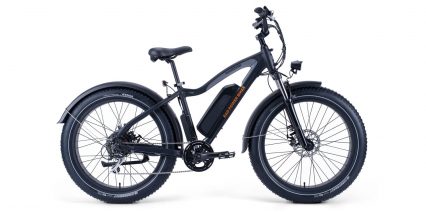
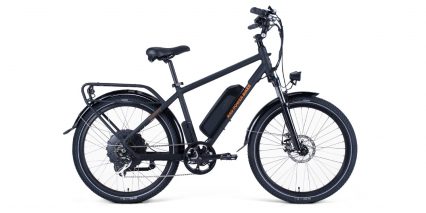
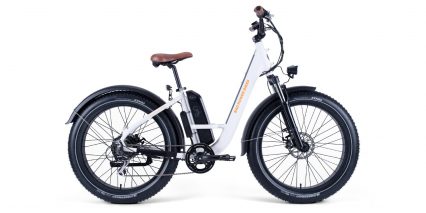
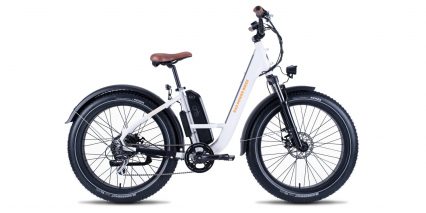
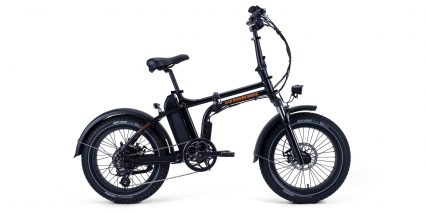
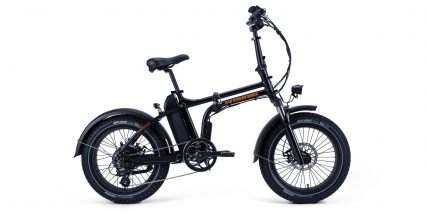
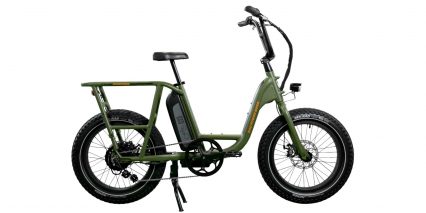
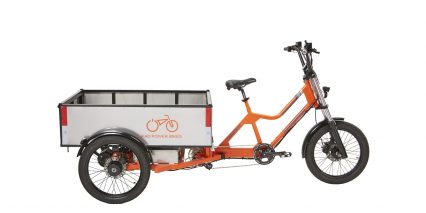
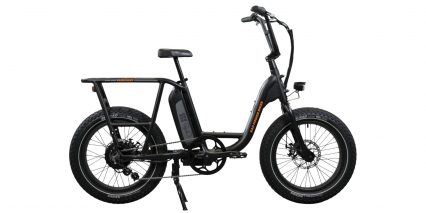
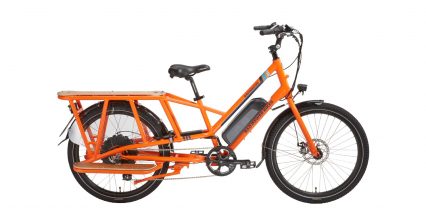
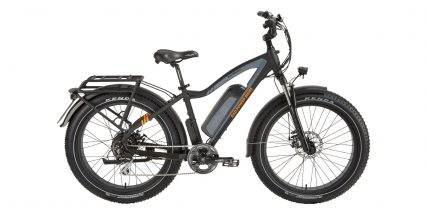
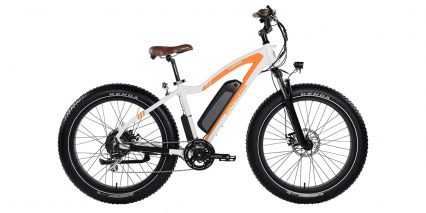

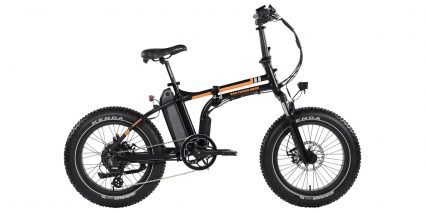
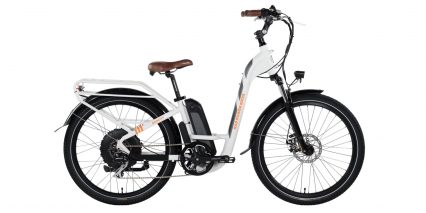
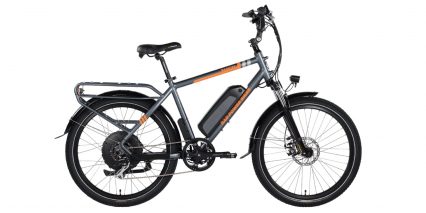
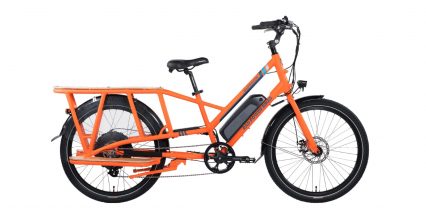
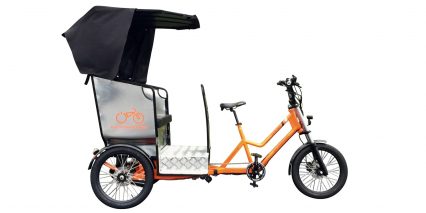
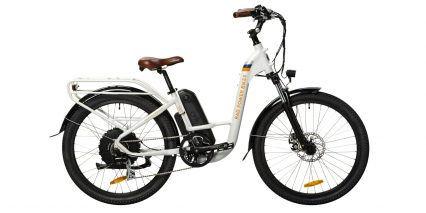
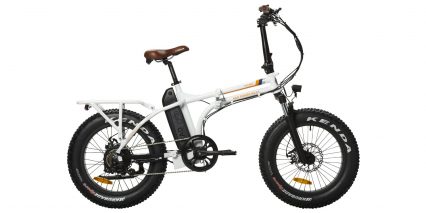
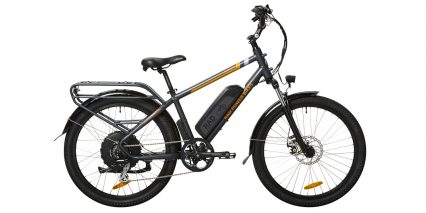
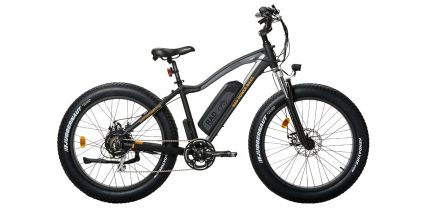
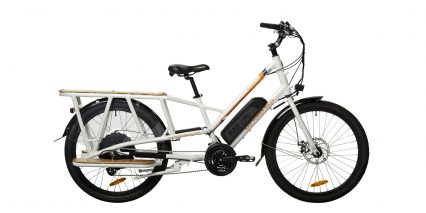
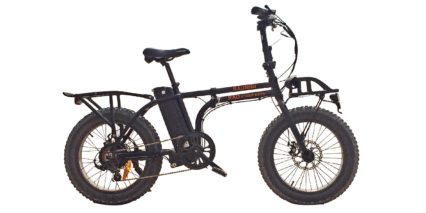
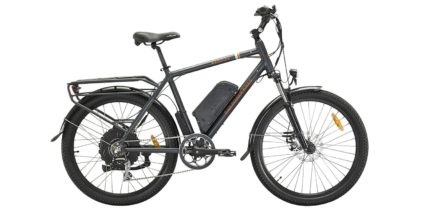
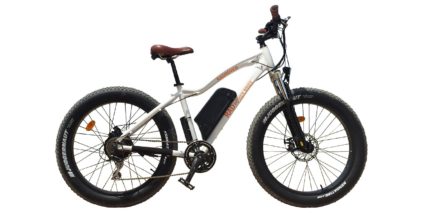
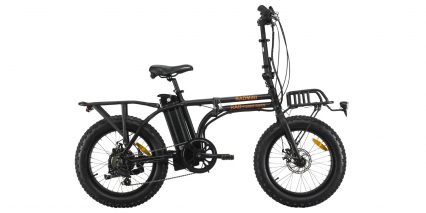
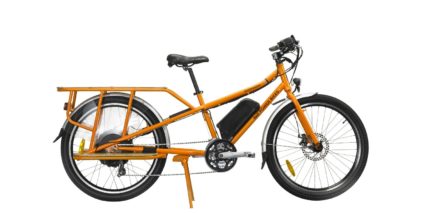
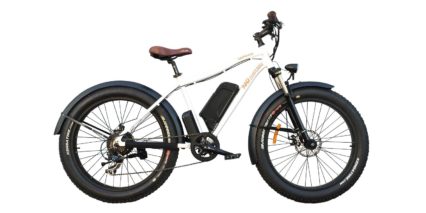
David Bainbridge
3 years agoI think you need to address the motor torque in better detail. You do say in your comments that Rad says the Bafang motors don’t meet the manufacturer’s rating. Both videos, the one linked in your email, and the one here, say the new motor produces more torque. However the comment in the first video, and the bullet, above, saying the new motor puts out 15% more torque, is (coincidentally?) about the amount its rating is LESS than the Bafang motor rating. It doesn’t seem likely that the Bafang motor would put out 30% less than its rating (about 85% of the 68 NM of the new motor). Maybe it’s time for EBR to get, or make, a device to measure wheel force. It could be based on platforms that turn your bike into a stationary exercise bike.
ReplyCourt
3 years agoHi David! I think the challenge is in how each company measures torque force. I haven’t dug deeply into the subject because it is not something I have been able to measure or verify myself sustainably. This is because I travel light, have a small team, and am working with limited time. Instead, I keep comments as open as possible, I ask deep questions to the manufacturers (and pass that info on), measure the things that I can… including weight, dimensions, and other components. I’ve got to pick where to spend my time to bring the most value on EBR, and that leaves some areas neglected.
ReplyDavid
3 years agoOK, how about this? Get a $10 luggage scale, tie it to the back of the rear tire, with 1/8 inch nylon line, so the line comes off the outside of the tire. bring the handle loop to the ground and put your foot through it. Now tip the bike onto the kickstand to lift the rear wheel, give it full throttle, and check the max force.
After all, assistance is what ebikes are all about.
Johhny J
3 years agoIn 2 years, Rad won’t have one single model priced below $2k. They are way behind every other on-line player, with woefully outdated models, and attributes that were the ‘thing’ about 5 years ago. And now they have lost their ‘low prices.’
The Semi-integrated downtube battery is what many players have used on $1,399 ebikes. While Rad is just now moving to that realm, REAL e-bike firms that own their factories and do all their own REAL design and engineering, such as Aventon, have moved on to concealed batteries within the frames. (i.e. Aventon’s Level, and Aventure Fat tire models).
They’ve gone backwards on the derailleur grade, yet selling an ebike priced at $2k. Their battery is smaller than the $1,599 Himiway’s 17.5 AH Samsung battery. And you know the Rad battery WONT be Samsung, but LG all the way, all the time, bc LG is less expensive and isn’t nearly the quality of Samsung. People will be buying a new battery if it’s LG in under 4 years. Maybe even 3 years.
Those NUTT brakes are a horridly designed brand. I’ve seen them before on some subpar brands, and buyers are not going to like them at all. 7 gears on a Class 3 ebike? Who are they kidding? And a 42 tooth chain ring. OMG, you’d be pedaling like a gerbil on a treadmill even at 20 mph. Any higher speed, and you’ll get a hernia at an uncontrollably high rpm cadence.
Everyone should check out the new ETCycle T1000 from NCM, and the 1008 Watthour battery, on a fat tire ebike priced at only $1899, with the Acera derailleur, among so many other better quality components than the Rad’s mediocre design.
The mind blowing part is that this Rad weighs even more at 74 lbs., when the weight should have gone down with that semi integrated frame battery. And the one size frame? It’s a non starter. Aventon has 5 frame sizes with their Aventure. 2 in step through, and 3 in step over. Rad will make you Sad.
ReplyCourt
3 years agoHey Johhny, I appreciate your insights! Sounds like you know this category pretty well. Please keep in mind that the RadRover is Class 2 vs. Class 3 as you mentioned. The 7-speed drivetrain held up well during my ride tests, but that’s just a qualitative perspective. I actually like to spin vs. slow and lumbering, due to a knee injury I suffered years ago. I was surprised to see the weight go up, and the price, but I respect the company for offering good service and having a professional line of accessories that are mostly cross compatible. It’s good that there is competition out there. Thanks again!
ReplyJohhny J
3 years agoOops. Its only Class 2. My bad. Well that’s even worse for the price point, and a waste of a 750 watt motor with such low torque. They should have just stuck with a 500 watt motor like NCM does on their Aspen Plus model. The DasKit motor on the 500 watt has the same torque rating as Rad’s. And then added a larger battery like NCM does for the trade off, of such a low speed. Not that everyone needs to have a 28 mph ebike, but the ability to exceed 20 mph to get to 25 or 22 can make a world of difference when you are wanting momentum to get up some steep but short hills.
It’s really hard to fathom that after 5 generations of the same model, now at generation 6, they would go so far backward on frame design, grade of components, 5/6 year old battery downtube mount design, with such a short travel fork, and the still SIS shifter. Most brands now at least have the dual lever trigger shifter, which is a more positive and secure shifting mechanism.
There is a brand now offering nearly this same fat tire frame design called HJM. Basically same, or better components throughout, and white label company just like Rad is, and the price is $1,599.
HJM has a 750 Watt motor, 14 AH, 48 V Samsung Battery (no or LG) semi-integrated in downtube just like Rads, 7 speed shifter, full color LCD, Tektro brakes, RST suspension fork, brake light, turn signal, rear rack, plastic fenders (like Rads), and a 2 year warranty, that would make anyone hard pressed to fork over another $400 more just for a gen 6 Rover.
Remember back when Rad had its early Rover, under pricing everyone, with no name? Well it seems now others like HJM, are doing the same to Rad, and Rad is becoming the ‘higher priced’ fellow on the block.
robert j mccorkle
3 years agoDoes it go any faster on pedal assist??
ReplyCourt
3 years agoHi Robert! You can definitely pedal faster than 20mph, but the motor will stop assisting once you pass that limit. This is a Class 2 electric bike, and the US federal law says that pedal assist and throttle must stop at 20mph (32km/h). Some ebikes allow you to make adjustments for “off road” use, but that no longer seems to be an option from Rad Power Bikes for this new display.
ReplyBobby
3 years agoHey Court, nice review! I saw you mentioning in the video review that Rad has a new plastic locking trunk box. This doesn’t appear to be on their website. Any idea when it will be available? Sounds like a great accessory! Thanks in advance.
ReplyCourt
3 years agoHey Bobby! Good ear ;) I got to see these new accessories during the visit, but wasn’t told a specific release date. I asked permission to mention them, and was told it would be okay because they should come out “soon”. They reminded me of big touring boxes that you’d see on a motorcycle. They looked very sturdy, had holes below to drain water, and had lock mounts for security. The funny thing is that someone could just steal the whole bike rack by unscrewing the bolts… Since there are no windows into the box, perhaps the “out of sight, out of mind” philosophy kicks in and there would be less reason for someone to tamper with the rack or boxes. Anyway, if you got the top box and two side boxes, they appeared to cover the rack completely, making it harder to unscrew. I’m very excited for this accessory… it seemed super tough and looked good with the fat tire RadRover. I was not allowed to take pictures or anything. The other thing they showed me was the roll up front bag that fits perfectly into the rectangular basket.
Replyluc
3 years agoDid you try to adjust the top speed from the controller? I know they are being very tight-lipped about this capability being on there or not, but did you happen to see if it was possible while playing with the settings?
ReplyCourt
3 years agoHi Luc! The only settings I was able to access on the display unit were clock, units, and brightness. How would you suggest trying to make adjustments from the controller? I believe that the controller is now housed below the battery bay vs. before when it was externally mounted behind the seat tube.
ReplyJohn
3 years agoDid you get a sense of whether a (non-standard) passenger seat (for 7 year old kid) is doable either through Rad Power’s accessories or a third party? Thanks!
ReplyCourt
3 years agoHi John! It seems like ebike companies are reluctant to recommend or promise anything that’s not very standard (or that they sell). Perhaps you could share a link or the name of the non-standard child seats that you are thinking, and I can give you an unofficial opinion based on what I’ve observed during my visits to bike shops ;)
ReplyJohn
3 years agoHi Court, I was thinking something like this that attaches to the rad power back rack, also minding the ~60lb weight limit on that. Appreciate any unofficial opinion!
Harold Moore
3 years agoI just read two reviews that said the bike was lacking power on hills. Less than the 5. How can this be if the motor is supposed to be upgrade? Really thinking of cancelling my order. Did you notice less power than the Rover 5?
ReplyCourt
3 years agoHi Harold! I didn’t ride the bikes back to back during this visit, but the RadRover 6 Plus felt fine. I was able to climb several hills (in a very hilly area of Seattle). They did introduce a new motor, and some of the stats changed, so this could be a reason that other reviewers are focusing on power. From a numbers point of view, it seems like the new motor offers less torque… but I was told that they actually measured the torque themselves this time vs. trusting the manufacturer in previous generations. My impression is that the older motors were exaggerating their power and the new numbers are more accurate but come off as less. There are several versions of the RadRover now, but my opinion is that the 6 Plus is the best in many ways. Certainly, from a reliability, ease of battery access, controllability with the updated geometry, massively improved braking system etc. it’s very good.
ReplyDaryl Dammel
2 years agoMy Radrover climbs hills like a mountain goat. 1,300 miles in 5 months and I love this bike.
ReplyWes
3 years agoBiggest issues I’ve had so far w/ this model:
Nit-picks perhaps but important ones. Weight especially; watch your hands and back while loading.
ReplyCourt
3 years agoHi Wes, thanks for sharing your perspective, especially since you’ve owned a couple generations now. I did notice that the new bell is a little quieter. It would be great if Tektro or other brake lever companies offered a hydraulic lever with that same integrated bell, it was awesome! Yeah, most ebikes are heavy and that’s especially true as you go towards value pricing, I’m glad the new batteries are easier to take off to help reduce weight. The old ones would slide on and just felt more difficult to manage. Consider a seatpost suspension if you haven’t already, they changed my world! Having a sensitive neck and back, the suspension options really made riding fun again and allowed me to go further :)
ReplyBob
3 years agoI am new to ebikes and just rented a RadRover 5. I liked it and the improvements made to the 6 Plus sound good. What bike rack would carry two of these heavy weights?
ReplyCourt
3 years agoHi Bob! Good question. Since ebikes tend to weigh more, it’s important to get a good rack when moving them by car. I prefer the heavy duty 2″ hitch platform racks that Kuat, Thule, and Yakima sell… but my car is a Prius and only has an 1-1/4″ hitch option, so I always remove the battery pack and only carry one ebike at a time. If you have a 2″ hitch, check with your local shop and make sure to get fat tire specific trays and longer straps if they sell them, otherwise you might have to improvise with bungee cords. Here’s a video with my Dad where he shows his bike rack and two RadRovers on his RV. He mentions a specific rack and shows the longer straps. I hope this helps! Others in the EBR forums can chime in with the best racks on the market right now :)
ReplyBob
3 years agoCourt, thanks for your quick response, recommendations and the video. I really enjoyed the video with your dad. I am tall and it gave me some good ideas for additional accessories that should make for better rides.
Mike
3 years agoHi Court, it’s been years since I routinely rode a bike and I’m thinking that I’m about ready to take the ebike plunge, probably this Spring (Mar2022). I really appreciate your reviews on EBR! I live in Michigan and plan to use my ebike for errands within 15 miles of my home (40%) as well as longer road and trail rides for fun and fitness (60%). I like the RadRover 6+, but I’m also considering the SNAPCYCLE R1. There’s about a $400 difference in price (gotta have fenders and a rear racket / removable basket) and I noticed that the RadRover 6+ has hydraulic brakes vs. SNAPCYCLE’s mechanical brakes. The SNAPCYCLE R1 is really probably more comparable to the RadRover 5, but I would go for the RR6+ over the RR5 b/c of the upgrades mentioned in your review, including the more tightly integrated battery. And of course, RadRover seems to be the leader in entry level ebikes, whereas SNAPCYCLE is a relative newcomer. Any chance you might do a review on the SNAPCYCLE R1? Please keep the great reviews coming, thanks again!
ReplyCourt
3 years agoHi Mike! Sounds like a good plan, ebikes are a great way to stay active and bring some peaceful moments into the day. I always feel present when riding, and find that I meet new people or see things differently than when I’m in a car. The SNAPCYCLE R1 is pretty cool! I can see why you like the design, I think I recognize that downtube battery from some other bikes I’ve covered in the past year or so. It can be a little tricky to remove from below when fenders are present, but if you just leave it in for charging it probably works fine. You’re correct about it using mechanical disc brakes vs. hydraulic. I don’t recognize the display panel, but it seems okay at first sight. One trade-off is the 6-speed drivetrain with a limited 14-28 tooth freewheel vs. Rad’s 7-speed 11-34 tooth. Basically, there are more choices and a wider range of cadence options for starting and maintaining speed. It looks like they use a similar shifter mechanism, Rad wins with the reflective puncture resistant tires, and also branding (resale value) and probably support. I prefer the fully integrated battery look of the SNAPCYCLE R1, but knowing that you’re buying from a big company with a good track record of selling replacement parts like batteries is worth so much, and the new Rad battery is very easy to remove and interact with. As I’ve gotten older, I’ve tended to spend more on stuff that I use a lot (or am worried could break), so I lean Rad and have actually slowed down on reviewing all of the cheaper bikes. If you go for the SNAPCYCLE, please share your thoughts in the comment section! I’m sure you’ll have a blast with whatever bike you choose and I appreciate your comment :)
ReplyTom
2 years agoI think you need to update the review after a doing a new ride. I bought 2 of these bikes. Since bikes arrived and first ride. Since day 1 I have been going back and forth with service and getting new parts for 1.5 months. Not fun since everything has to be shipped and then wait for a certified mechanic.
Bike 1 – power assist fails after riding a few miles. RAD sent person with parts to fix. Worked fine that day after repair. Ever since, after a few miles – power assist fails. No response from RAD as of yet.
Bike 2 – on my first ride which was only 7 miles. The bike completely died. Full battery. No power. No response from RAD as of yet.
Brand new bikes that don’t live up to the marketing or “toughness” advertised. Although their support prior to me being upset was helpful, they are now not responding.
The frame, tires, gears, and non-electronic parts seem good. However, I didn’t buy these bikes to be non-powered. This is two separate bikes, both having issues with the power. There is obviously something wrong with the electronics.
I don’t recommend purchasing until RAD figures out these power issues.
As an FYI. I am still waiting for RAD to resolve all power issues for both bikes. Basically I have $3,800 paperweights in my garage after receiving them in July. Yes, 1.5 months of going back and forth with no resolution as of today. Seems like they dragged out the help to go beyond the 14-day return policy.
ReplyCourt
2 years agoHi Tom, that really sucks. I’m sorry to hear that the bikes have broken down (or just not worked properly). I regularly cover Rad products because I believe they offer higher than average builds for the price and have good customer service. Hearing that you got left without support, after having some issues, makes me reconsider. It’s true that my own reviews are done with limited time and on demo bikes that are usually scrutinized by the company. It’s not the same as being an anonymous customer… that said, my Father purchased two RadRover 6 Plus models (for him and his Wife) that continue to work great. I wonder if they had a batch with issues or what the problem is. Thanks for sharing your voice, I do hope that you get to enjoy the bikes eventually. Sorry man.
ReplyTom
2 years agoAfter giving up on support, I found the nearest RAD store and made a visit. At first, I was told there was nothing they could do for me. I would have to wait another 2 weeks for support to get back to me. Thus, another month to wait for parts, and certified repair person to come install the new parts. However, another sales rep advised the manger that they could “intake” the bikes for service. At that point, they actually displayed concern I received a bad product. In addition, after looking over the bikes they indeed found the bikes inoperable. The bikes are with them now, and service will be getting back to me.
Problem not solved yet, but at least finally someone was actually willing to help. And yes… I to believe it was a bad batch. However, not responding and not helping just because you’re “overwhelmed” with business is not the answer.
I will keep you posted on update on the outcome.